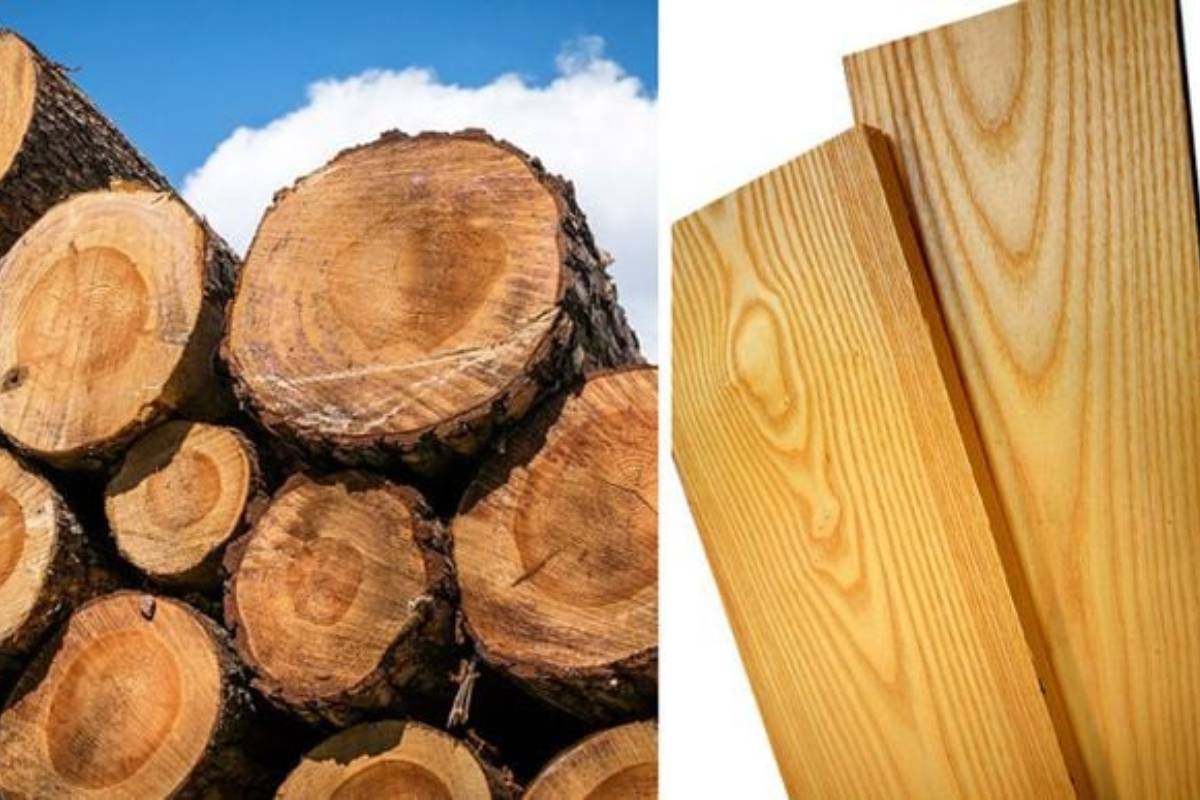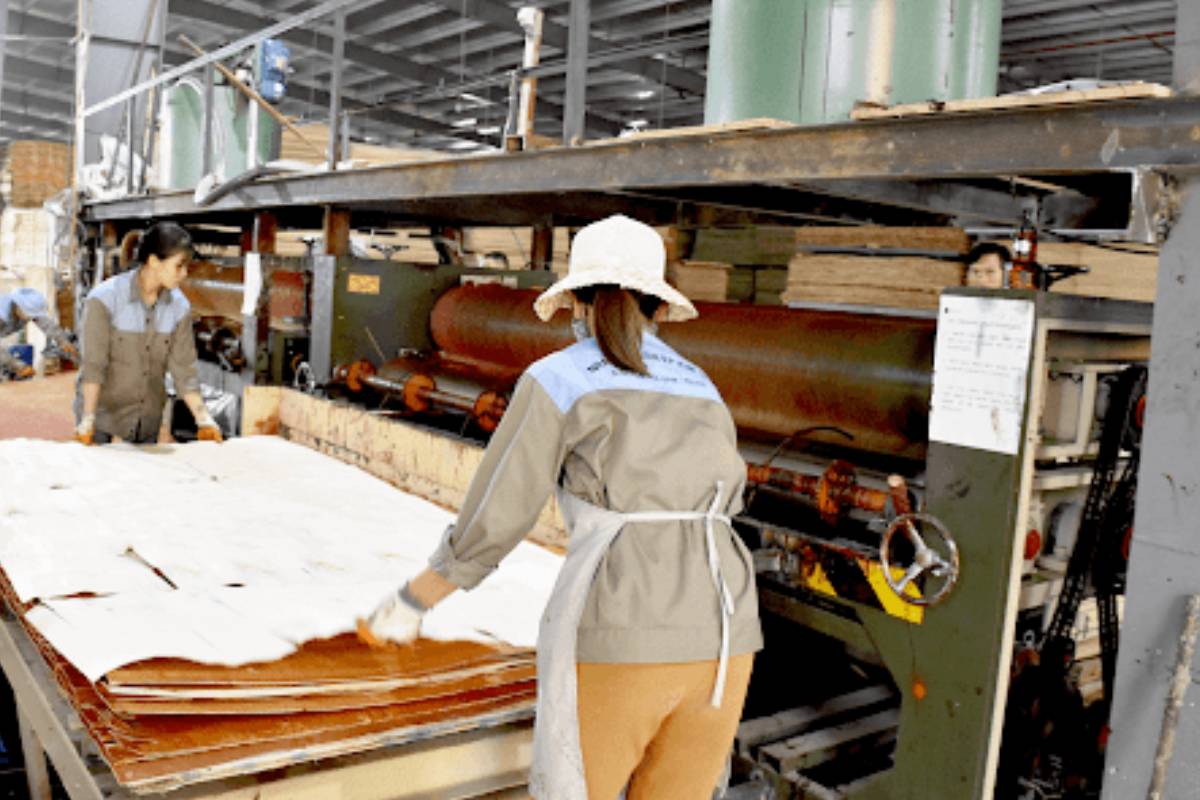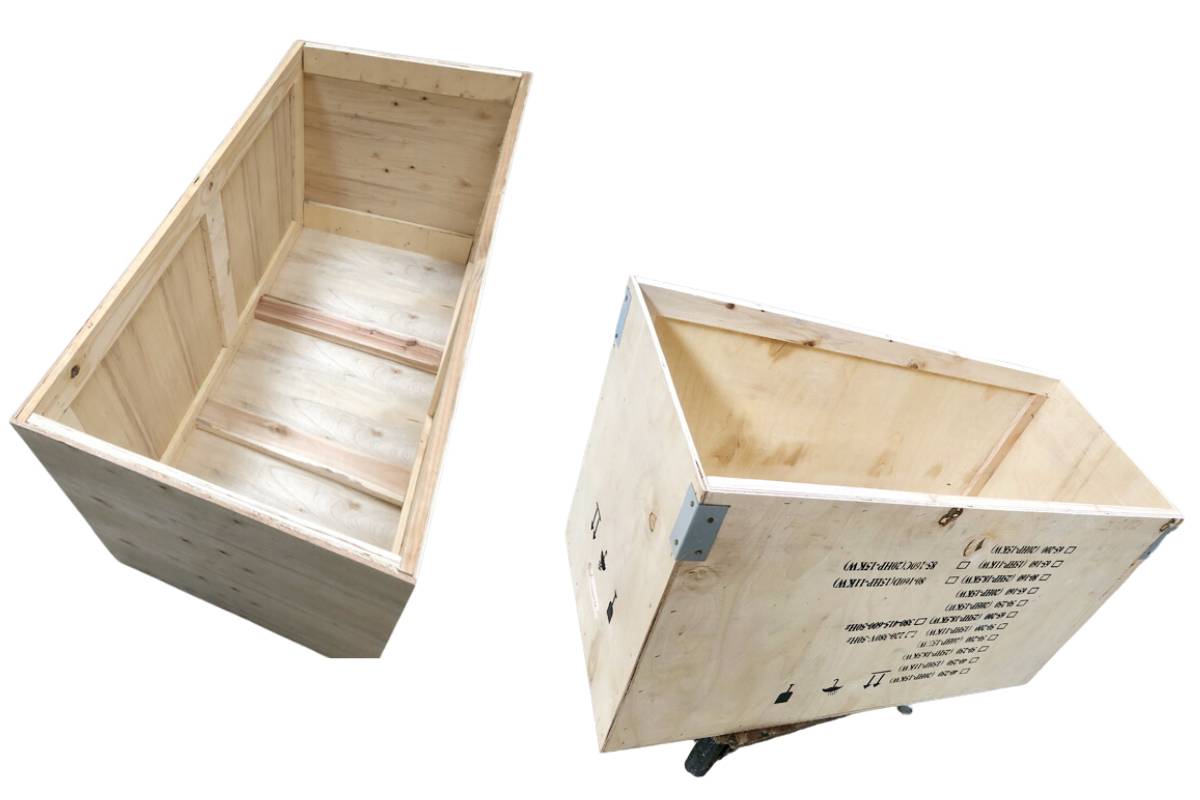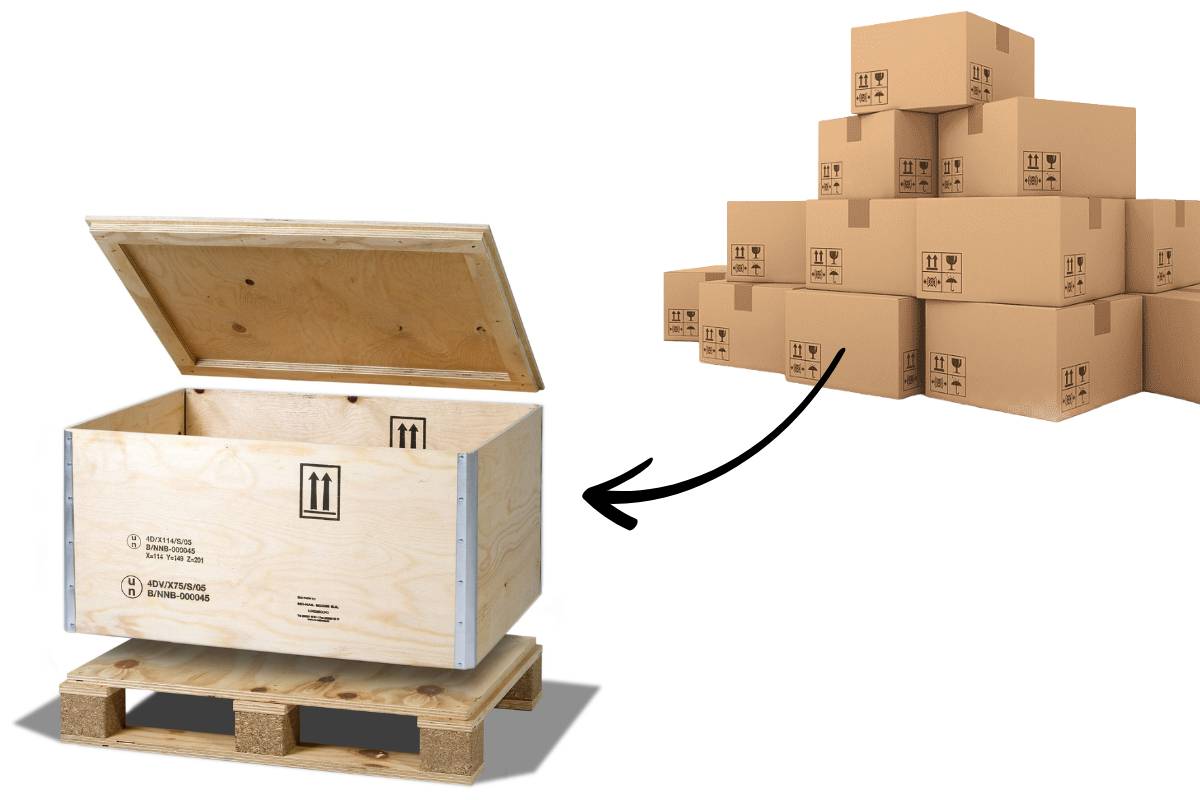-
-
-
Total payment:
-

Learn About High-Quality Export Packaging Plywood
Posted by Kiều Trang at 21/10/2024
High-quality export packaging plywood is becoming increasingly popular in the packaging and transportation industries. With its outstanding advantages in durability, moisture resistance, and environmental friendliness, this material meets the growing demands of both domestic and international markets.
1. Materials and Manufacturing Process
- Natural Wood: Plywood is typically made from natural wood such as pine, eucalyptus, or rubberwood, ensuring sustainability and quality. Natural wood has excellent load-bearing capacity, providing stability to the product.

- Hot Pressing Process: Wood layers are sliced into thin sheets and arranged horizontally, then pressed together under high temperature and pressure. This process not only enhances the strength of the plywood but also minimizes warping and cracking.

2. Characteristics of Export Packaging Plywood
- High Load-Bearing Capacity: Plywood can support heavy loads, making it suitable for transporting heavy goods without the risk of damage.
- Moisture Resistance: Some types of plywood are treated with moisture-resistant chemicals, protecting the contents from water damage during storage and transport.
- Lightweight: Plywood is lighter than many other packaging materials like solid wood or metal, helping to reduce shipping costs.
- Easy to Process: Plywood can be easily cut, drilled, and shaped to fit various packaging designs and sizes.

3. Applications of Plywood in Packaging
- Packaging Goods: Plywood is used to produce containers, pallets, or liners inside packaging. This helps protect goods during transportation and storage.
- Export: High-quality plywood is favored in export orders, especially for products that need to meet international safety standards. This material not only protects goods but also creates a positive impression on international customers.

4. Quality Standards
- International Standards: Plywood products must comply with international quality standards such as ISO and ASTM, and possess certifications for safety and non-toxicity. This is crucial in ensuring that the products do not affect human health or the environment.
- Fumigation Certification: For export shipments, plywood often needs a certification confirming it has been treated to eliminate harmful organisms, ensuring the safety of goods during transport.

5. Development Trends
- Sustainability and Environmental Friendliness: More manufacturers are focusing on using wood from sustainable sources. Implementing environmentally friendly production processes not only helps protect resources but also creates competitive advantages for businesses.

- Advanced Technology: The development of plywood manufacturing technologies helps improve product quality and features. Technologies like vacuum thermal pressing, chemical treatment, and wood recycling have become new trends in the industry.

6. Benefits of Using Plywood in Packaging
- Cost Savings: With its lightweight and high durability, plywood helps minimize transportation costs and reduce product losses.
- Flexibility: Plywood can be customized according to specific customer needs, from size and shape to protective requirements for goods.
- Environmental Protection: Using plywood from sustainable wood sources and energy-efficient production processes helps reduce negative impacts on the environment.
High-quality export packaging plywood is an ideal solution for businesses in the packaging industry. With its superior advantages in durability, moisture resistance, and environmental friendliness, this product not only protects goods but also enhances brand value in the eyes of international customers. The continuous development of technology and sustainable trends will undoubtedly shape the future of the plywood packaging industry.










